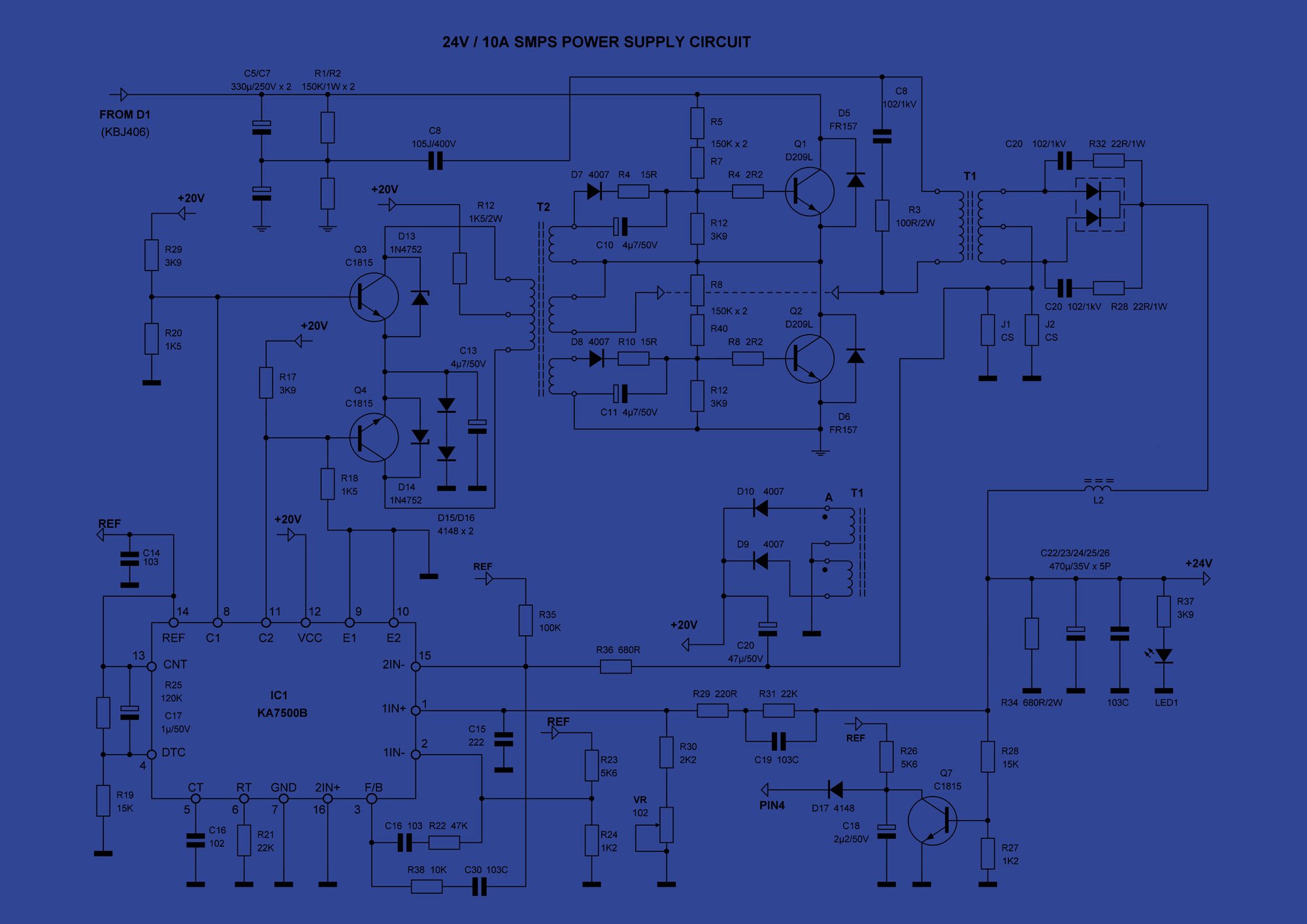

Start Here:
IEEE 1848: “Techniques and Measures to Manage Functional Safety and Other Risks with Regards to Electromagnetic Disturbances”
IEEE 1848 is a relatively new standard, focused on functional safety and electromagnetic resilience.
IEEE 1848 is an entry into the world of managing functional safety. It is currently unique in focusing squarely on EMC as part of the overall discipline. It can complement other functional safety documents such as ISO 26262 (automotive), ISO 14971 (medical), or IEC 61508 and IEC 61000-1-2 (electronics more generally). It was developed in concert with the IET “Code of Practice for Electromagnetic Resilience”, so that readers of either document will be speaking the same language. IEEE 1848 is available to purchase from the IEEE Standards Association website. It was published in 2020, and the first ever effort to renew and revise will begin in the next year or two. Please get in touch (standards@emcunited.com) if you’re interested in being part of that work.
IEEE 1848 focuses on the concept of EMR, electromagnetic resilience. It defines resilience as “The capacity to recover quickly or easily from difficulties, misfortune, or change; toughness.” The idea is that we can’t prevent every form of electromagnetic interference (especially as the electromagnetic environment continues to become more complex and higher frequency by the day). We also can’t test for every potential interference interaction, so we need to design systems that are resilient to those kinds of disturbances. There are sadly many examples of times when various electromagnetic interactions caused the loss of life, from the USS Forrestal disaster to medical devices malfunctioning.
Section/Clause 5 of IEEE 1848 has a straight-up checklist to go through in order to demonstrate EMR and functional safety. Then Annex A has all the details on how to apply each step of the checklist, including examples and references. The main categories of techniques and measures from the checklist are:
Project management, planning, and specification
System design
Operational design
Implementation, integration, installation, and commissioning
Verification and validation (including testing)
Maintenance, refurbishment, repair, overhaul, modification, upgrade, etc., over the lifecycle
Decommissioning
Integrating third-party items into the safety function
Even if you don’t have a requirement to follow IEEE 1848 strictly, going through the checklist can prompt you to think through aspects of your design that might be easily overlooked.
EMR is increasingly important with our increasingly complex and interconnected world of electronic systems. I encourage everyone to take a look at IEEE 1848 and consider adopting and adapting its approach to your systems.
